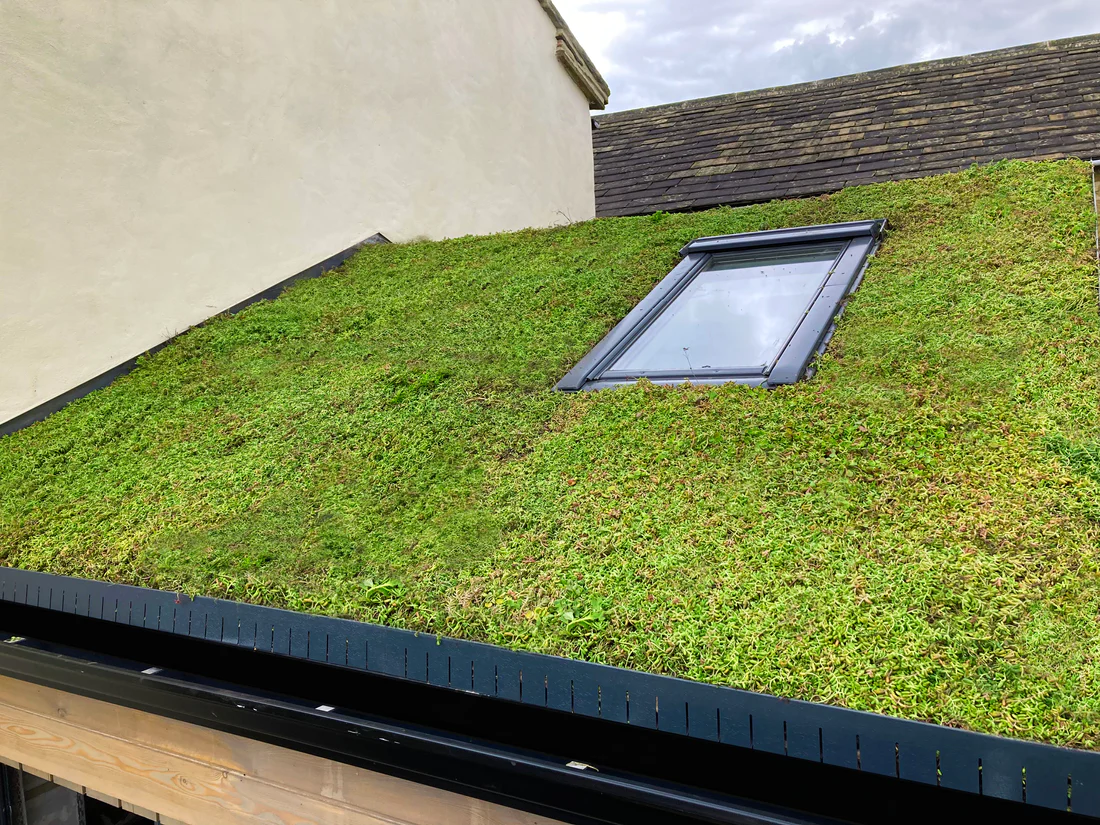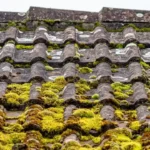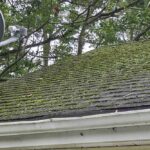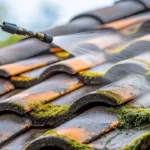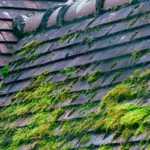Understanding the green roof lifespan is essential for homeowners considering this sustainable roofing option. A green roof not only offers environmental benefits but also enhances the aesthetic appeal of a building. In this article, we will delve into the factors that influence the lifespan of a green roof, ensuring you get the most out of your investment.

Introduction to Green Roofs
Green roofs have become increasingly popular due to their environmental and aesthetic benefits. They consist of vegetation planted over a waterproofing membrane, providing insulation, reducing urban heat, and improving air quality.
What Determines the Green Roof Lifespan?
The lifespan of a green roof is influenced by several factors, including maintenance, design, and environmental conditions. A well-maintained green roof can last anywhere from 30 to 50 years.
Types of Green Roofs
There are two main types of green roofs: extensive and intensive. Extensive green roofs are lightweight and require less maintenance, while intensive green roofs are heavier and support a wider variety of plants. The type of green roof can significantly affect its lifespan.
The Role of Green Roof Soil Mix
Choosing the right soil mix is crucial for the longevity of a green roof. A well-balanced mix ensures proper drainage and supports plant growth, both of which are vital for a long-lasting roof.
Impact of Climate on Lifespan
Climate plays a significant role in determining the lifespan of a green roof. Areas with extreme weather conditions may require more robust designs or additional maintenance to ensure longevity.
Maintaining Your Green Roof
Regular maintenance is key to extending the green roof lifespan. This includes weeding, irrigation, and checking the integrity of the waterproofing membrane.
Benefits of Regular Maintenance
Regular maintenance not only prolongs the life of a green roof but also enhances its performance. Well-maintained roofs provide better insulation and contribute to energy savings.
Common Maintenance Practices
Typical maintenance practices include removing invasive species, ensuring proper drainage, and inspecting the structural integrity of the roof. These tasks help prevent damage and extend the roof’s lifespan.
Enhancing Green Roof Lifespan with Proper Design
Proper design is essential for maximizing the lifespan of a green roof. This includes choosing suitable plants, ensuring adequate drainage, and selecting the best materials.
Importance of Modular Green Roofing
Using modular green roofing systems can simplify installation and maintenance, potentially extending the roof’s lifespan.
Integration with Urban Wildlife
Green roofs can serve as habitats for urban wildlife, promoting biodiversity and creating a more sustainable environment.
Economic and Environmental Benefits
Beyond longevity, green roofs provide economic benefits by reducing energy costs and environmental benefits by improving air quality and reducing stormwater runoff.
Understanding Green Roof Tax Incentives
Many regions offer tax incentives for installing green roofs, making them a financially attractive option for homeowners.
Learning from Global Examples
Looking at impressive green roofs around the world can provide inspiration and insights into best practices for extending the lifespan of your own roof.
Conclusion
In conclusion, understanding and optimizing the green roof lifespan requires careful consideration of design, maintenance, and environmental factors. By investing in a green roof, homeowners can enjoy both immediate and long-term benefits, contributing to a sustainable future.

FAQs about Green Roofs
How long does a green roof last?
A well-maintained green roof can last anywhere from 30 to 50 years, depending on various factors such as climate and maintenance practices.
What maintenance is required for a green roof?
Regular maintenance includes weeding, irrigation, and inspecting the waterproofing membrane to ensure the roof remains in good condition.
Are there economic benefits to installing a green roof?
Yes, green roofs can reduce energy costs and may qualify for tax incentives, providing both economic and environmental benefits.
This article contains affiliate links. We may earn a commission at no extra cost to you.



